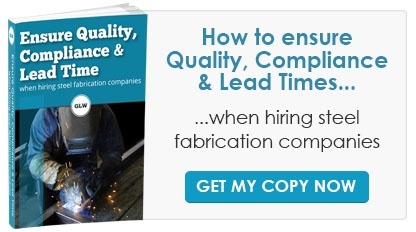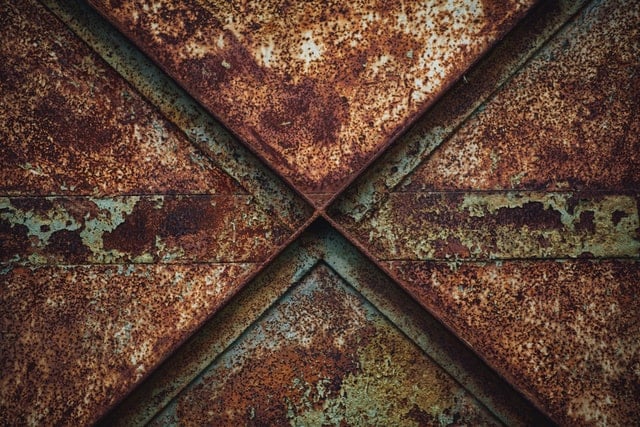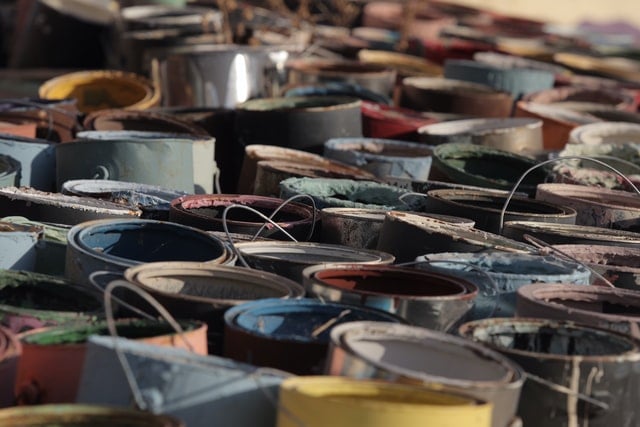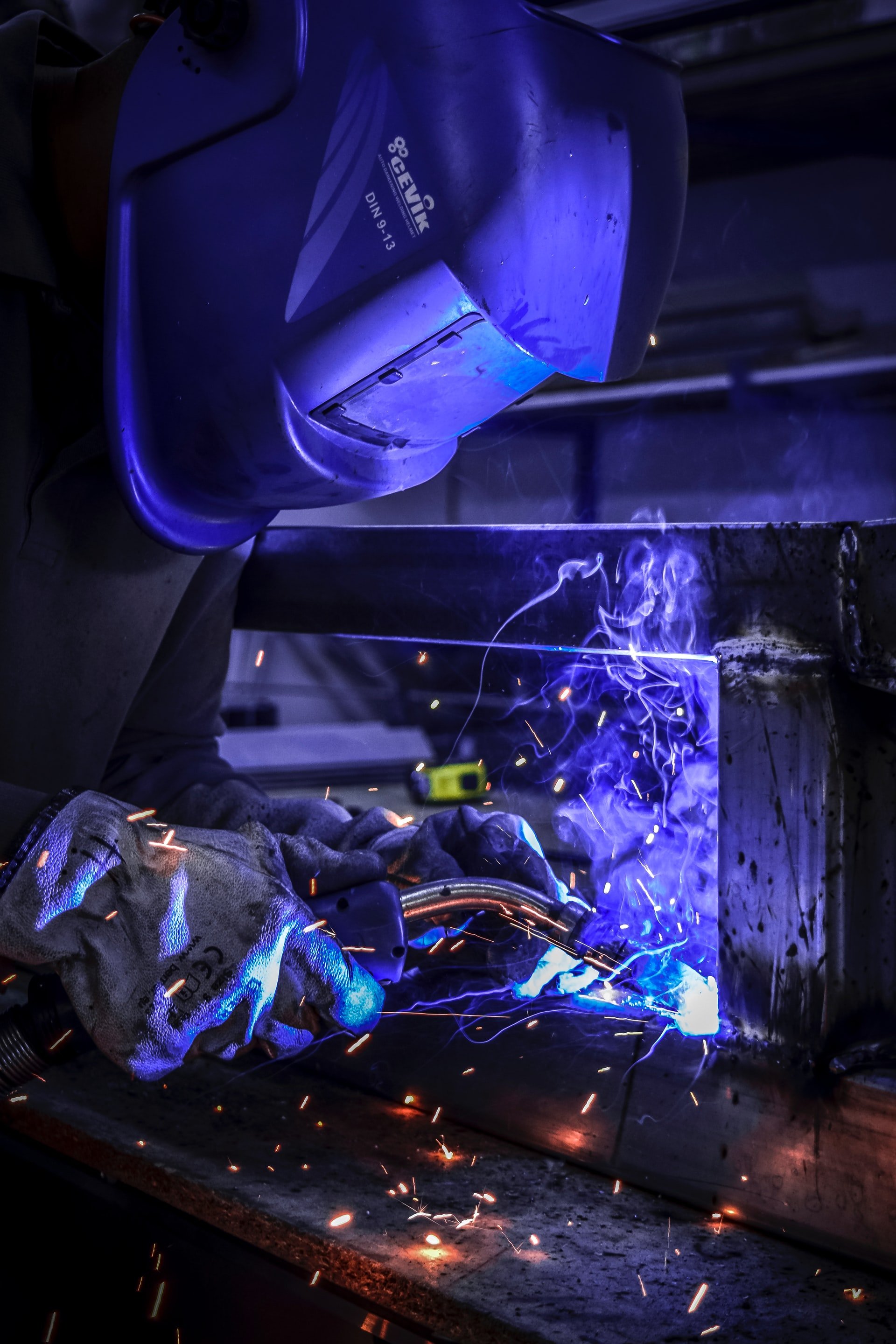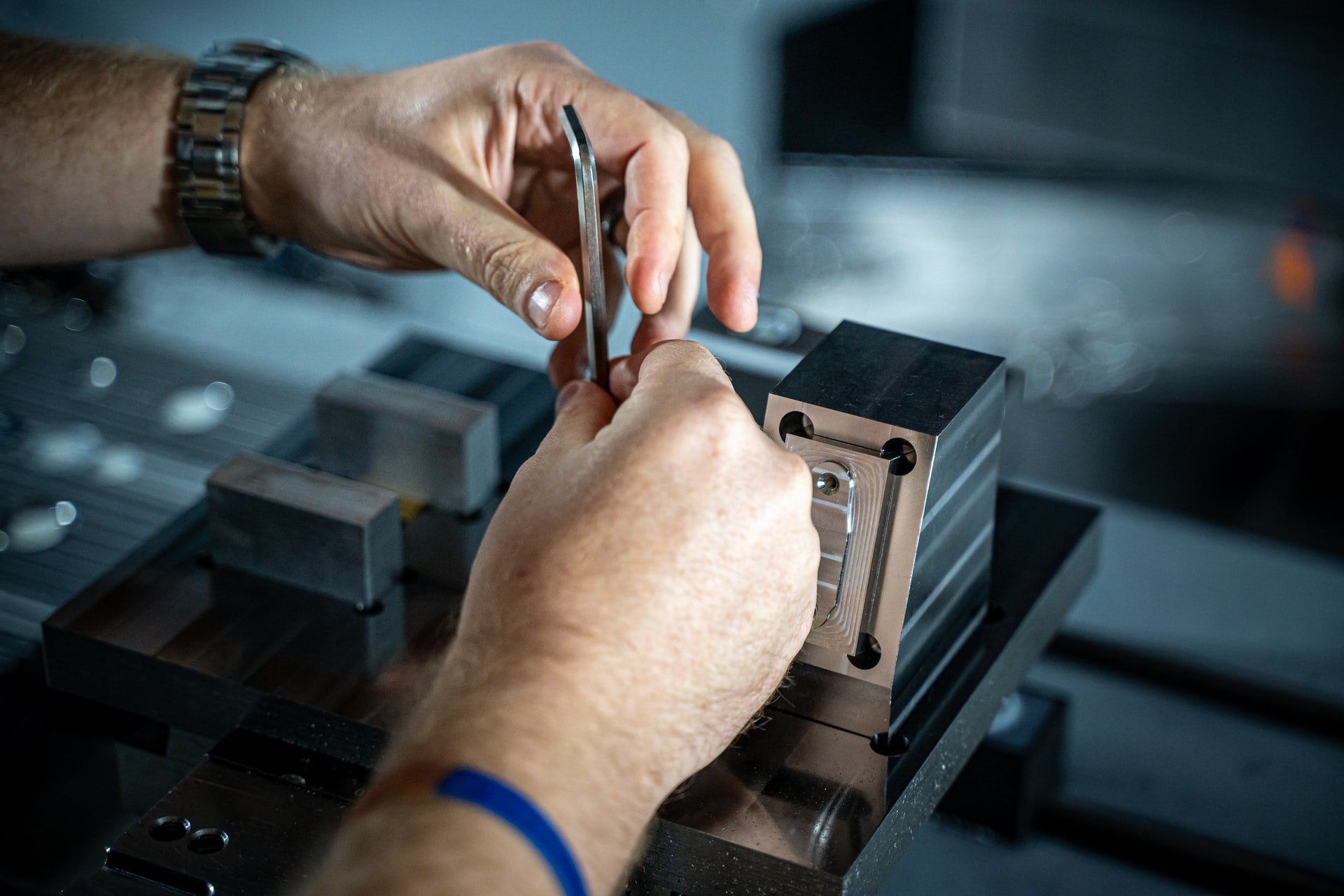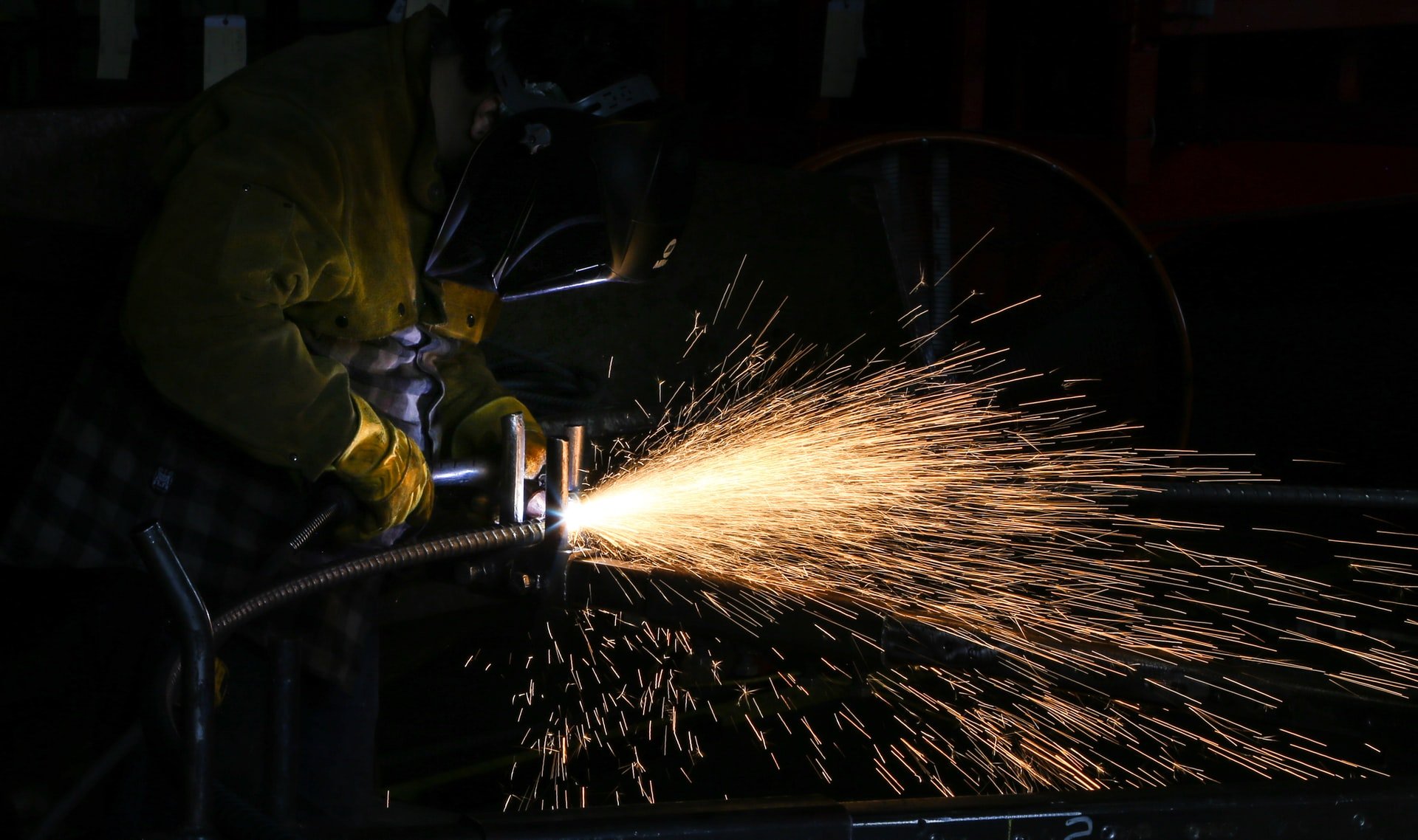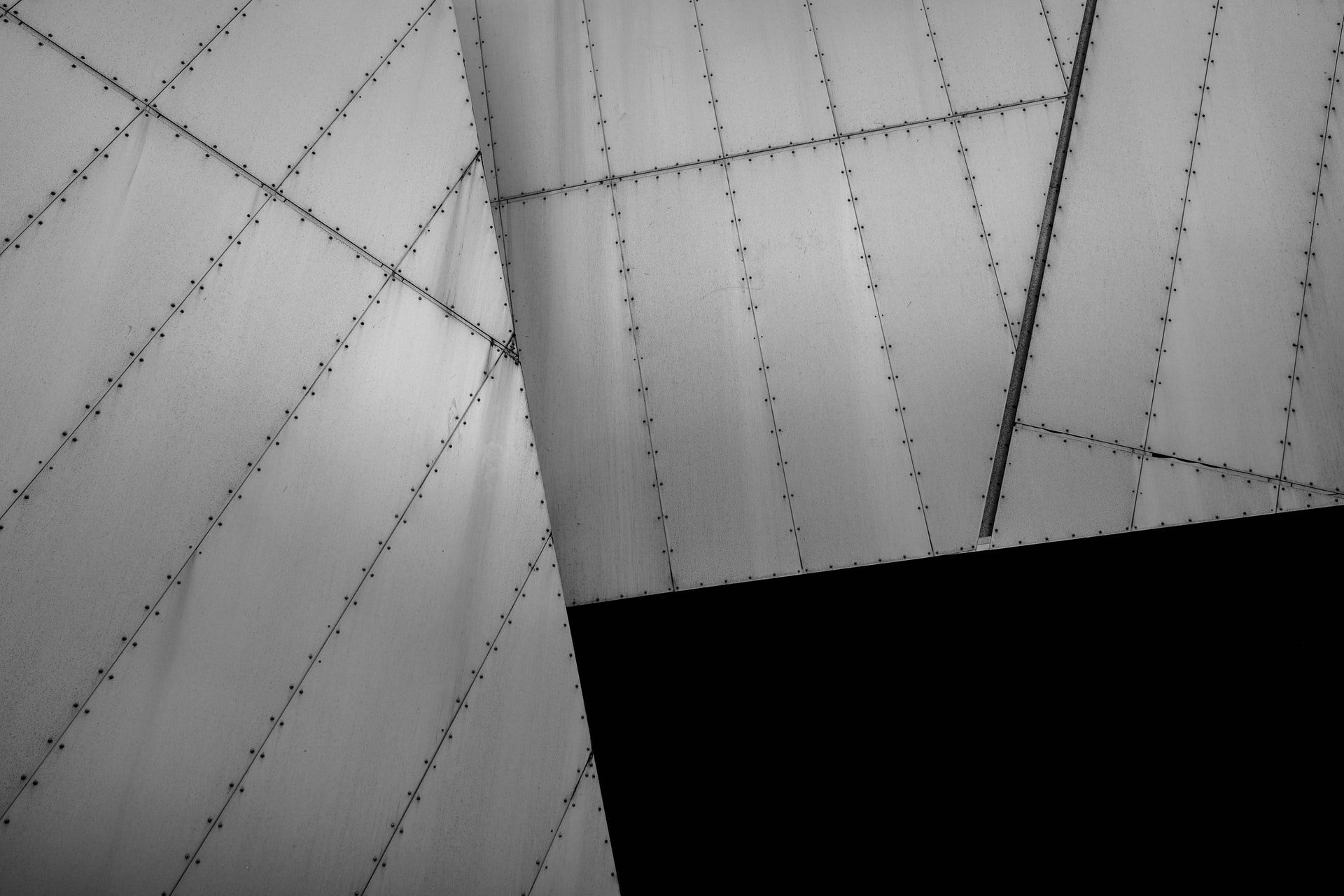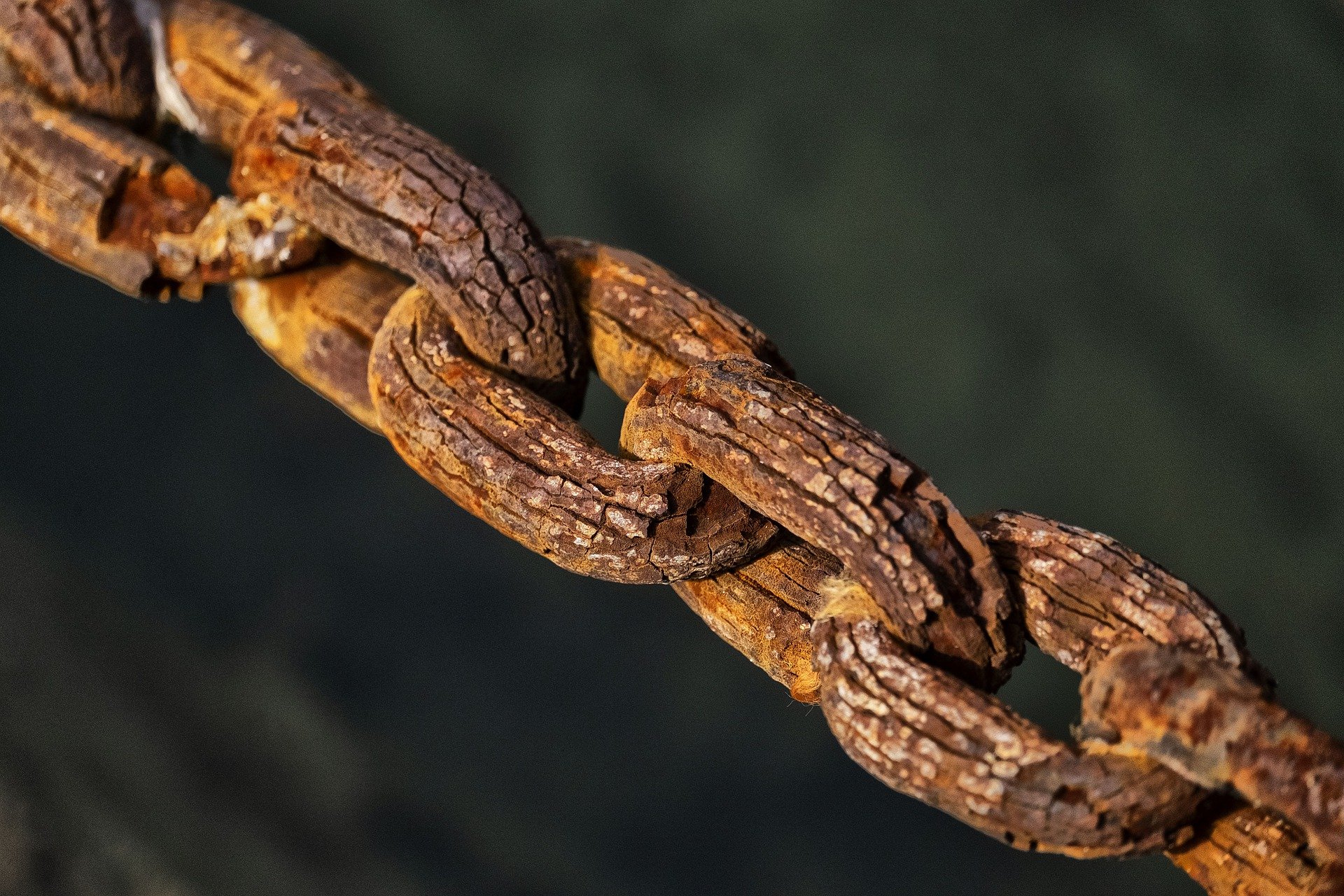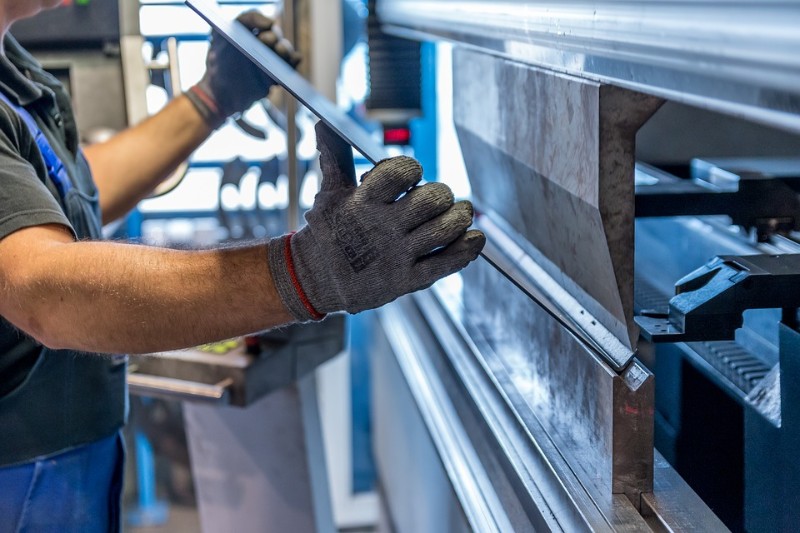
The differences between mild steel sheet and stainless steel are quite fundamental. It does mean that some different fabrication techniques are required when working in the different materials.
What Exactly Is Steel And What Is Different About Stainless Steel?
All steel is made from iron mixed with carbon. Sheet metal, or sheet steel, is simply mild steel that is pressed out from ingots through a roller several time to achieve the desired sheet thickness (hot rolled and annealed). The higher the level of carbon, the stronger it becomes and the more difficult it is to work with processes such as cutting.
Stainless steel has additional elements added to suit different purposes but a minimum of 10.5% chromium. This creates a chromium oxide film on the surface, which prevents oxygen from permeating and causing rust, thus giving stainless steel its superior anti-corrosion qualities.
There are around 150 different types of stainless steel but the most common is Type 304 or Food Quality stainless steel, typically used in things like drinking water tanks. It is made from 18% chromium and 8% nickel. However, stainless steel water tanks on a yacht are more likely to me made from Type 316. This contains 16% chromium, 10% nickel and 2% molybdenum, which adds additional protection from chlorides found in salt water and de-icing compounds.
Stainless steel is more expensive than mild steel sheet and therefore it would normally be chosen only for a specific purpose based on the qualities of that particular type of stainless steel.
Fabricating Mild Steel Sheet
This is one of the most versatile of all metals and found in anything from car panels to trailers. Depending on its hardness, it can be worked using a variety of relatively basic tools and techniques, from shears to drills, and lends itself well to welding. Anti-corrosion qualities can be added through galvanising or through hot zinc spraying.
Fabricating Stainless Steel
Although stainless steel does also come in sheet form (from which flat surface objects like butchers’ blocks are fabricated) it is more commonly pre-formed into more complex shapes that are the fabricated to create a finished product. They are further classified by their crystalline structure of which there are four main categories: austenitic, ferritic, martensitic and duplex. Work hardening stainless steel is the process of cold rolling it to produce ever lighter thickness (gauge), which hardens the material.
Sawing
For sawing, high quality blades of High Speed Steel with very sharp teeth are required. Suitable soluble oils should be flooded onto the cut to aid cooling. Austenitic and duplex types will experience work hardening, making them more difficult to cut. Shearing, blanking, piercing and perforating stainless steel requires more power than for ordinary sheet steel, and sharp blades are a must.
Cutting
Cutting cannot be performed using conventional oxycutting techniques because of the extremely high melting pint of the chrome oxide. Therefore electric arc cutting, such as plasma arc cutting, or laser cutting must be deployed.
Welding
Welding does not present problems for the majority of stainless steel types and the regular techniques may be deployed.
Outsourcing Tips
Contracting a steel fabrication company to deliver your structural and architectural steel requirements is a step that requires careful choices. Find out more about how to get that right by downloading our free eBook How To Ensure Quality, Compliance And Short Lead Times When Hiring Steel Fabrication Companies.

